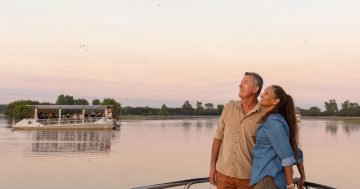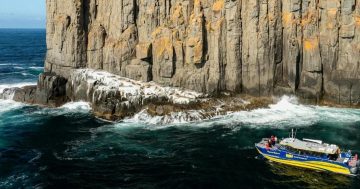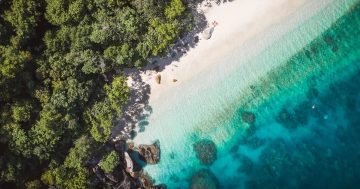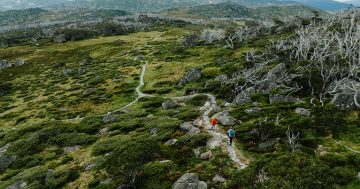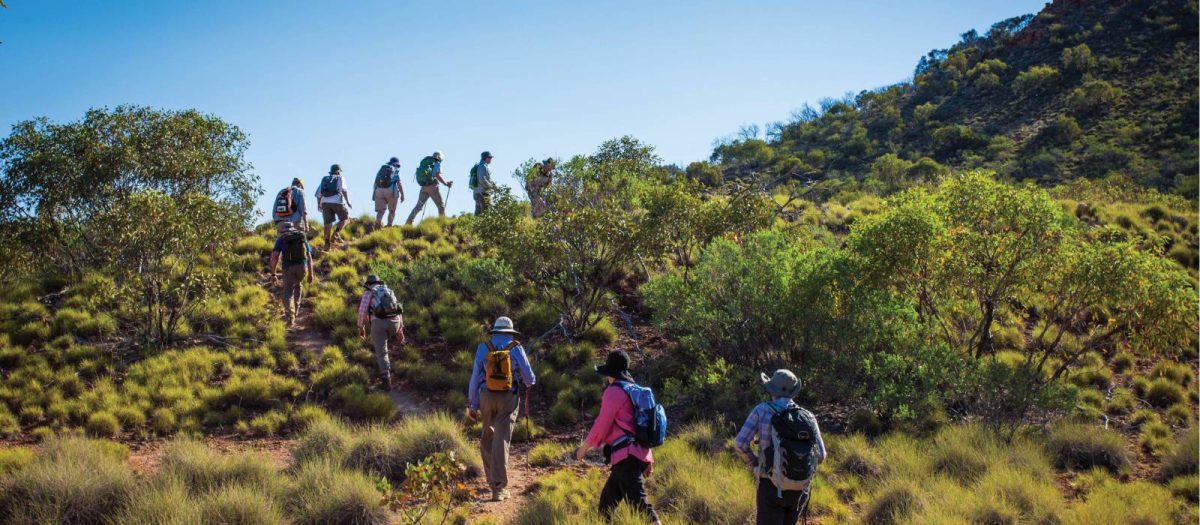
The Larapinta Trek, in the Northern Territory, is one of the great walks of Australia. Photos: Supplied.
Exercise not only changes your body, it changes your mind, your attitude and your mood, so why not combine it with some active travel on foot ― walking, trekking, hiking, bushwalking?
It’s the ultimate slow travel, and preparing a vacation itinerary and working out how to integrate exercise into your trip is simple. Keep healthy and see different parts of Australia ― even the world!
For an entirely different approach to a holiday experience, active travel lets you step beyond those days of passive sightseeing: flying for long periods, endless hours sitting in a coach, and shouldering crowds to take photos of well-worn tourist sites. Active travel lets you become completely immersed in your trip.
Travelling is important in life because it allows us to explore new places and cultures, learn new things and make connections with people from everywhere we go. It can also be a source of inspiration and motivation, helping us to grow and develop our life skills and knowledge.
Active travel is journeys made by modes of transport that are fully or partially people-powered, irrespective of the purpose of the journey. It includes walking, people using wheelchairs, and cycling (including e-bikes), to name a few.
Walking is the best possible workout. Active travel offers significant environmental and health benefits for communities, reduces road congestion and should be considered in all planning activities, ranging from the development of cities and new towns to relatively small infrastructure projects.
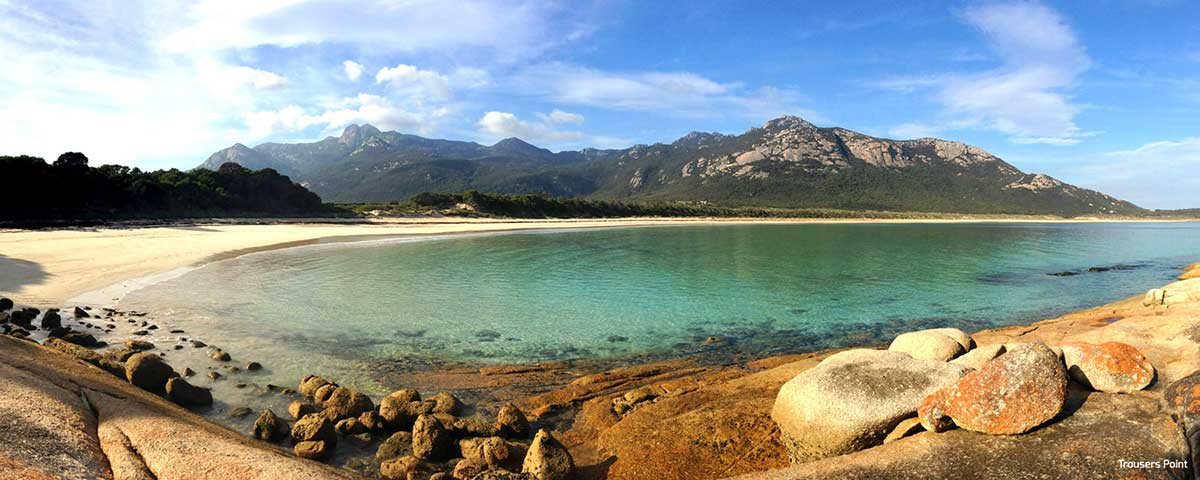
Explore the remote ”island off the island’’ – Flinders Island – to enjoy spectacular walking opportunities in Tasmania.
UTracks has a range of adventurous travel options in Australia and overseas, but highlights here include trips to Flinders Island, the Cape-to-Cape Track, the Overland Track and Kakadu Explorer.
Flinders Island is the jewel in the crown of island walking in Tasmania, with its enthralling mix of spectacular scenery, abundant wildlife and Aboriginal and European history. Take the opportunity to summit the dramatic granite peaks of both Mt Killiecrankie and Mt Strzelecki, the second of which is the highest point on the island at 756 metres, giving spectacular 360-degree views of this windswept island in its entirety.
Although a small mass of only 1333 square kilometres, Flinders hosts an amazing array of ecosystems, from dunes and lagoons to woodland and mountainous granite ridges, which produce spectacular and unique species of flora and a profusion of fauna that freely roams the island. It is also the only remaining habitat of the common wombat, which you may be lucky enough to spot on your walks.
Our adventure across a range of tropical wilderness of Australia’s Top End made us realise that it was when we went for a walk beyond the main tourist sites that Kakadu National Park revealed its true magic.
Kakadu is a World Heritage-listed area covering about 20,000 sq km. Waterfalls tumble from the red cliffs off the Arnhem Land escarpment into shady pools, tranquil wetlands teem with animals and birdlife, while 40,000 years of Aboriginal cultural heritage is on display in the numerous hidden rock art galleries.
We moved away from crowds here on our walking-based itinerary, which included a cruise on the Yellow Waters (a favourite hangout of saltwater crocodiles). Day walks ventured into remote gorges and sparkling waterfalls, and to ancient rock art.
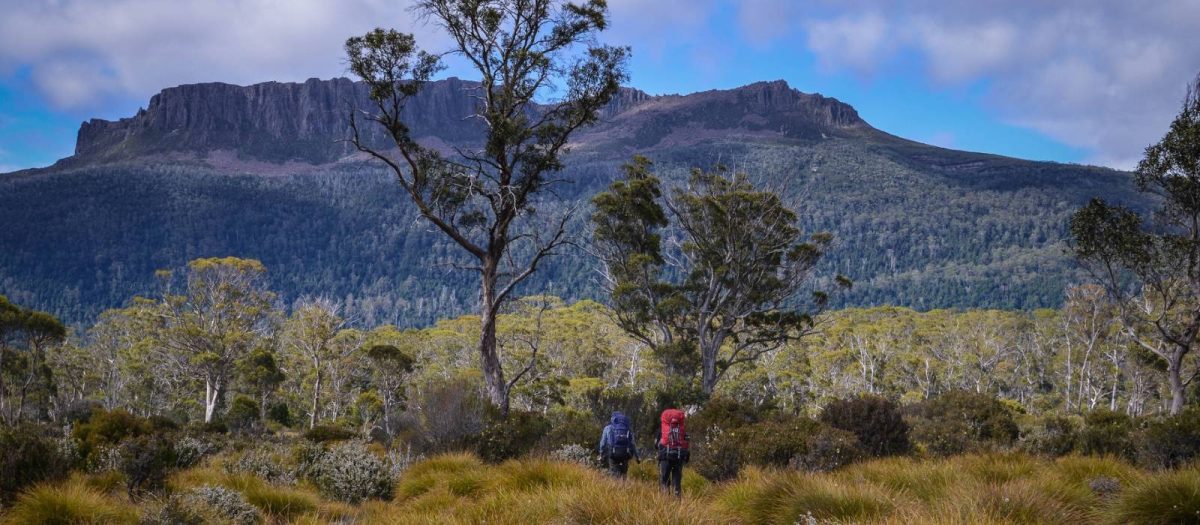
Trekking the Overland Track in Tasmania, Australia’s premier alpine walk.
In Western Australia, starting at Cape Naturaliste in the north, the Cape-to-Cape Track meanders through windswept limestone ridges, deserted white beaches, giant granite marbles and towering Karri forest to finish up at Cape Leeuwin in the south.
The Margaret River region is renowned internationally for stunning scenery, world-class beaches, gourmet food and fine wines. The walk included stunning and wild coastal landscapes, a physical challenge and new friendships, without carrying a heavy pack.
The Overland Track holds legendary status as one of the finest walks in Australia as we enjoyed close encounters with native animals, birds and stunning endemic plants. Walking from north to south, we covered the highest area of Tasmania, from the base of Cradle Mountain to the rainforest-clad shores of the deepest natural lake in the Southern Hemisphere, Lake St Clair.
The World Heritage-listed landscape provided up-close encounters with the unique and endemic animals that call this wonderful area home. The scenery on the trail varied dramatically each day, taking us through ancient myrtle forest, glaciated dolerite landscapes, past plateaus covered in sparkling tarns and lakes and to Tasmania’s highest peak, Mt Ossa.
Travelling empowers us to live well. Add to that Albert Einstein’s wise words: “Life is like riding a bicycle. To keep your balance, you must keep moving.”


